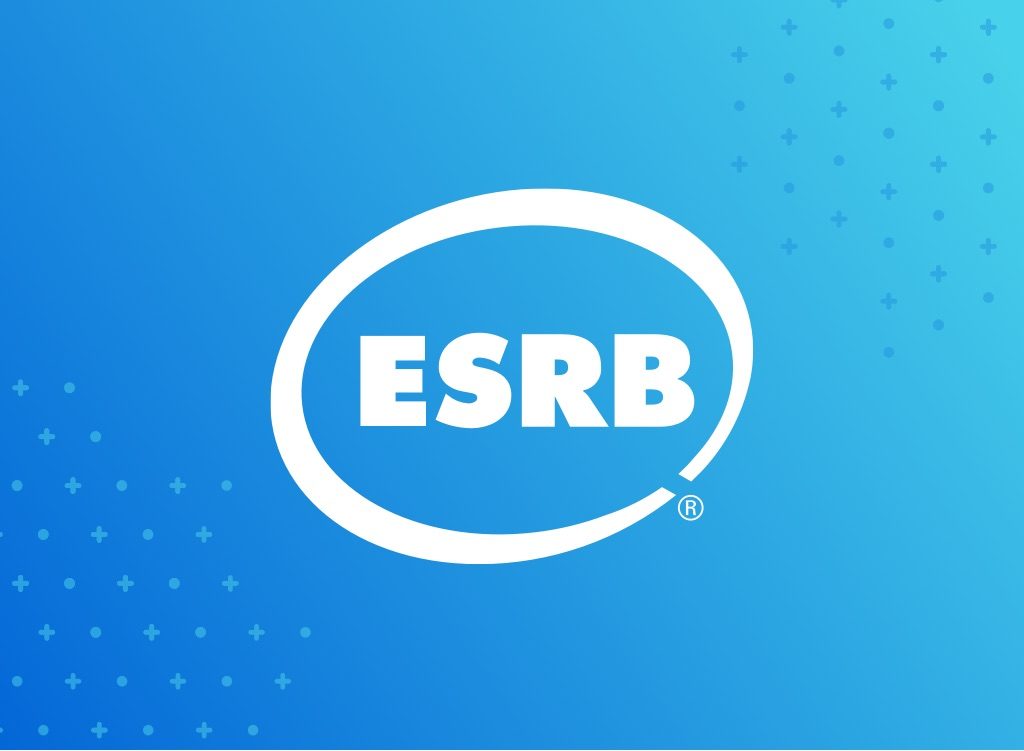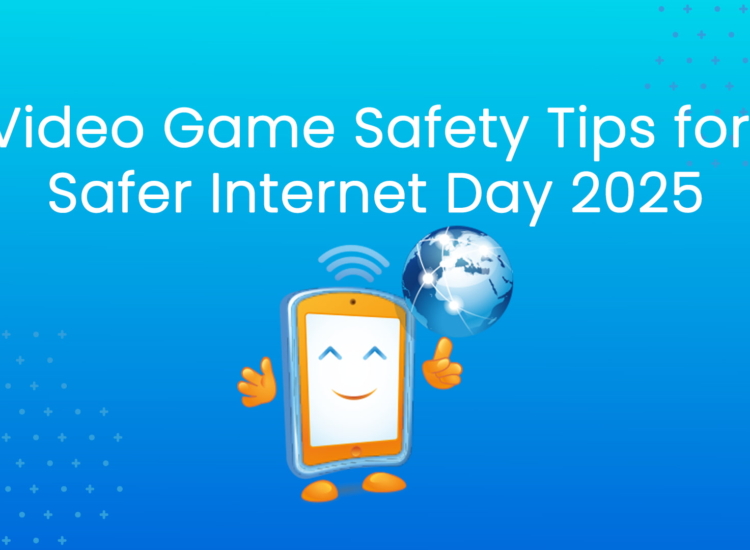Attorney General Launches PSA Campaign, Encourages Parents To Use Video Game Ratings

DENVER — Colorado Attorney General John Suthers announced today he is taking part in a new public service announcement campaign to encourage parents to use video game ratings, which are assigned by the Entertainment Software Rating Board.
“I know parents face tough decisions these days about the media they allow into their homes,” Suthers said. “There’s simply no substitute for parental involvement and responsibility, and it is important that parents play an active role in choosing games for their children. ESRB ratings are an effective and informative resource that allows parents to decide if the video game their child wants is appropriate.”
In the TV and radio ads, Suthers urges parents to check the rating each time they purchase or rent a video game to ensure that it is appropriate for their children and family, as well as to set the parental controls on their game system.
The public service announcements are being provided to radio and television stations and local cable TV operators across Colorado. ESRB has also prepared a brochure providing additional information about the rating system.
“Video games are no different than movies and TV shows in that they are created for a diverse audience of all ages,” said ESRB president Patricia Vance. “That is why it is so important that parents remember to check the rating when purchasing games for their children. I’m pleased to be joining Attorney General Suthers in announcing his effort to reach out to Colorado’s parents and educate them about the ratings.”
The ESRB video game ratings employ a two-part system. As seen in the illustration below, rating symbols on the front of virtually every game package sold at retail provide an age recommendation, such as EC (Early Childhood 3+), E (Everyone 6+), E10+ (Everyone 10 and up), T (Teen 13+) and M (Mature 17+). On the back of each package, next to the rating, are content descriptors that provide information about what’s in the game that may have triggered the rating or may be of interest or concern to parents.
Since its inception in 1994, the ESRB ratings have become a trusted resource for parents when choosing computer and video games. In April 2007, the Federal Trade Commission (FTC) released a report that found that nine in 10 parents are aware of the ESRB ratings, 87 percent expressed satisfaction, and nearly three quarters use them regularly when choosing games for their children.
ESRB recently announced the availability of rating summaries, a supplementary source of information which explain in objective terms the context and relevant content that factored into a game’s ESRB rating assignment. A new mobile Web site at m.esrb.org was launched to allow parents to search for rating summaries on their cell phones right from the store when trying to make a decision about which game to buy. Parents can also find rating summaries before they go to the store by searching on ESRB’s Web site at www.esrb.org, using ESRB’s rating search widget, or signing up for a free e-newsletter called ParenTools, which provides a list of recently rated titles complete with rating summaries customized to their preference of rating categories and game platform.
A complete list of ratings, content descriptors and their definitions can be found at www.esrb.org.
Contact:
Mike Saccone, Communications Director
303-866-5632



